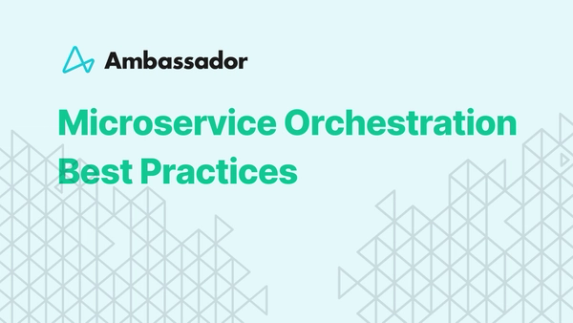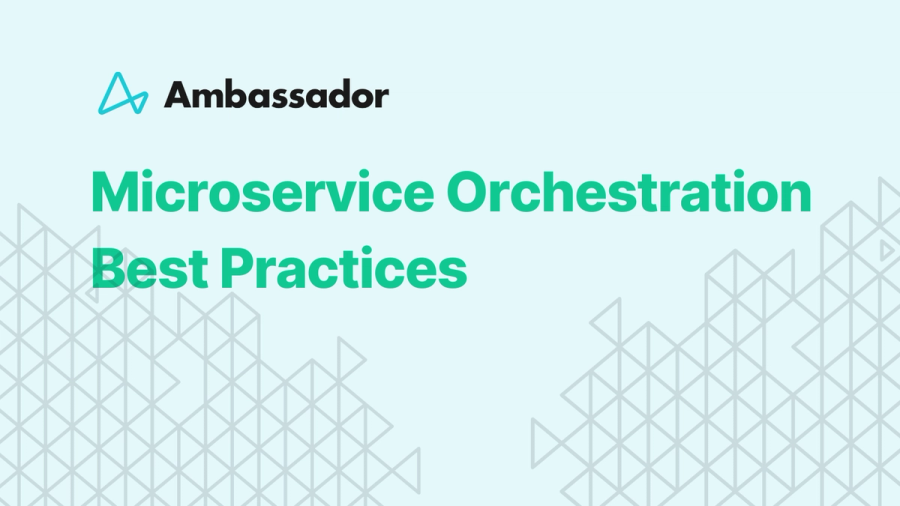
Microservices
When you think about it, we’ve made great strides in software development, but each step has brought new and exciting challenges. We started with big, clunky monolithic systems, then advanced to tinier pieces called microservices to promote greater flexibility, scalability, and resilience.
However, with great power comes great responsibility. Now, we have to manage these tiny microservices in our distributed systems. This is where microservice orchestration swoops in to save the day (Yes, I just did a Tobey-Andrew-Tom Spider-Man marathon! My web developer journey feels complete 🕺).
In this article, we will briefly look at what a microservice is, why microservice orchestration is essential, and then dive into nine microservice orchestration best practices that can make the deployment of microservices much smoother.
April 26, 2024 | 15 min read

Developer Productivity
Eat your own dog food. Don’t just talk, the talk—walk the walk.
Drink your own champagne.
Whatever you choose to call it–in 2024, the concept of "drinking your own champagne" has become even more crucial for developer productivity, faster feedback loops, and the creation of better products. This approach, which involves using your own tools and solutions internally, has proven to be a game-changer for organizations across industries, and we, too, practice it! Let's explore how this practice contributes to the success of developers and the products they build, with relevant examples from the current landscape.
April 24, 2024 | 9 min read
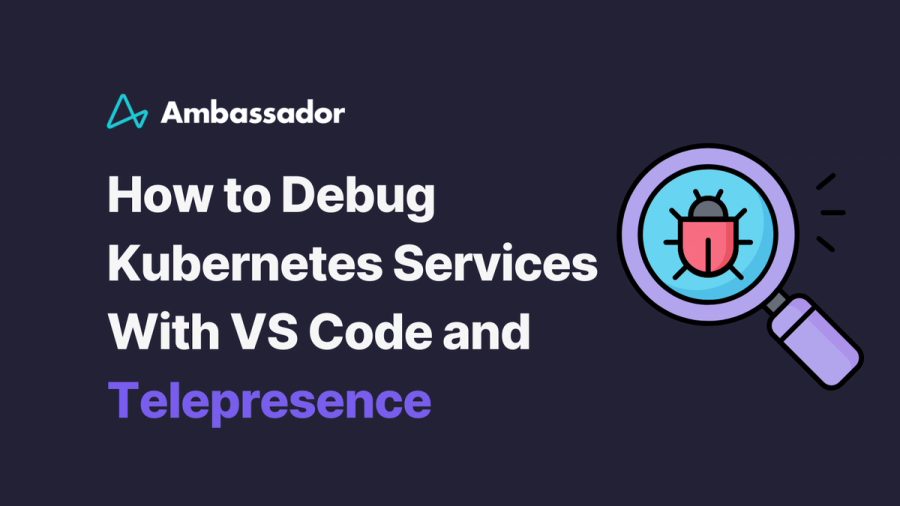
Kubernetes
Many organizations using Node.js adopt cloud native development practices with the goal of shipping features faster. The technologies and architectures may change when we move to the cloud, but the fact remains that we all still add the occasional bug to our code. The challenge here is that many of your existing local debugging tools and practices can’t be used when everything is running in a container or on the cloud. A change in approach is required!
In this article, I’ll show you how to debug Kubernetes services using Telepresence and VScode. This will enable you to still utilize your local debugging tools even though your microservice application runs remotely.
Local Debugging with Mocks and Stubs Only Gets You So Far
April 23, 2024 | 15 min read
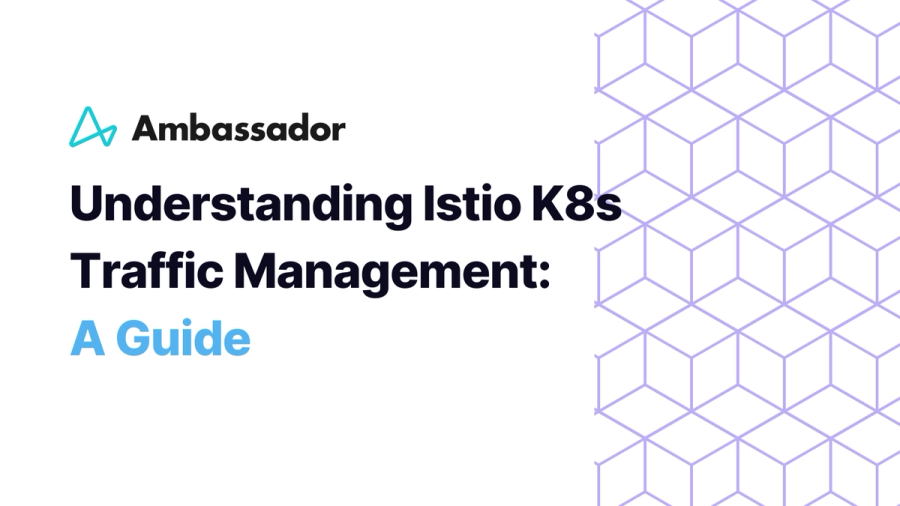
Kubernetes
As more organizations migrate from monolithic to microservice architecture, it comes with its perks and challenges. One of these challenges is how to manage traffic efficiently. The issue arises because microservices are distributed across multiple containers and nodes, making it difficult to manage traffic flow between them. This is why service mesh technologies exist.
Istio is a service mesh that provides a unified way to secure communication between microservices. It is a platform-agnostic solution that can be integrated with Kubernetes to handle traffic. In this comprehensive guide, we explore how Istio Kubernetes integration revolutionizes traffic management within microservices. By the end of this article, you'll understand the Istio framework and why it's a must-have for your microservices architecture.
The Role of Istio Kubernetes in Microservices Deployment
April 18, 2024 | 14 min read
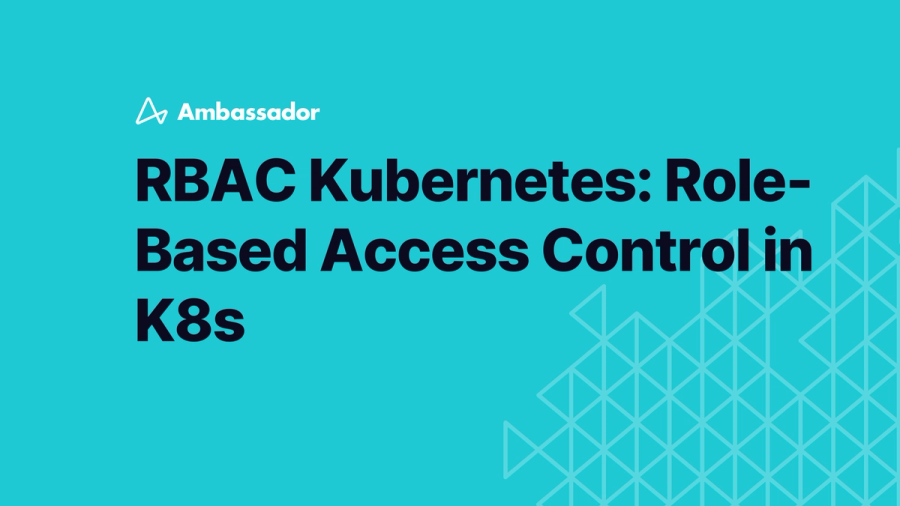
Kubernetes
Authentication, who you are, is necessary for security in all software applications, but it isn’t sufficient. Once you have authenticated your users, the next step is to control their access within your application. Authorization, what you can do, allows you to control resource access and enforce permissions based on predefined roles and policies. Authorization is where Role-Based Access Control (RBAC) comes into play.
RBAC regulates resource access based on the roles assigned to individual users within an organization. In Kubernetes, RBAC allows you to define fine-grained permissions for users and service accounts, specifying which resources they can access and what actions they can perform on those resources.
Kubernetes provides a robust API that allows administrators to define and manage RBAC roles, bindings, and policies programmatically. By leveraging the Kubernetes API, organizations can automate the process of creating, updating, and enforcing fine-grained RBAC permissions for users and service accounts to maintain a secure and efficient Kubernetes environment, reducing the risk of unauthorized access and minimizing the potential impact of security breaches.
April 16, 2024 | 20 min read

Article
In this tutorial, we'll delve into the intricacies of Kubernetes Development and guide you through each step of launching your first application! Whether you're a seasoned developer or a newbie, Kubernetes is a potential tool for managing workload and container services.
What is Kubernetes?
Kubernetes is an orchestration platform that automates the deployment, scaling, and management of containerized applications. It helps developers to concentrate on innovating and creating valuable products.
April 12, 2024 | 12 min read


